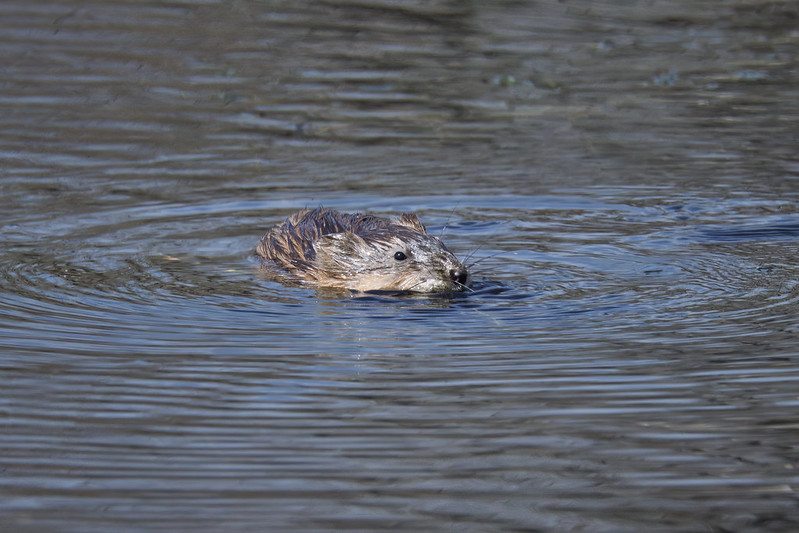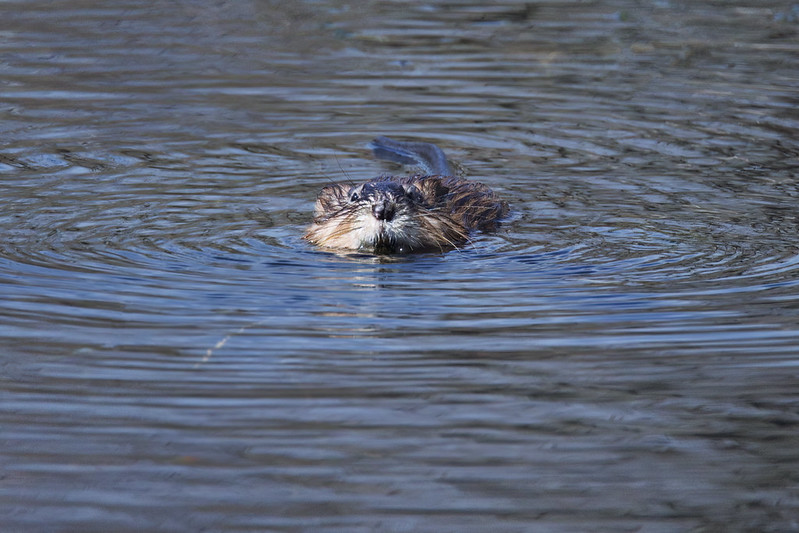On a foggy morning last Saturday, I decided to park at Miner’s Cove, a popular area in Sequoyah National Wildlife Refuge known for its diverse wildlife. My plan was to wait for the fog to lift, so I could capture some great photos. While waiting, I was lucky enough to spot an Immature Bald Eagle and some Pied-billed Grebes, but the fog made it difficult to get any decent shots.
As the day progressed, the fog began to dissipate, and I was rewarded with the sight of a Muskrat popping up from the water right in front of me. Although the lighting wasn’t perfect, I managed to capture some decent photos of this fascinating creature. This was my first time photographing Muskrats, and I was thrilled to see two of them feeding in the same area.


Muskrats are semi-aquatic rodents that are found throughout North America. They are excellent swimmers and are known for their ability to hold their breath for up to 15 minutes while underwater. Their fur is thick and waterproof, which helps them stay warm in the water. They are also herbivores and feed on a variety of aquatic plants, such as cattails and water lilies.
Muskrats are an important part of the wetland ecosystem and play a vital role in maintaining the balance of the ecosystem. They provide food for predators such as foxes and coyotes, and their burrowing activities help create habitat for other species. Despite being a common sight in wetland areas, Muskrats are often overlooked by many people. However, their unique adaptations and behavior make them a fascinating subject for photographers and nature enthusiasts alike.
Gear Used:
- Camera: Canon EOS R5
- Lens: Canon RF 800 mm F11 IS STM
Technical:
I photographed this Muskrat from inside my pickup parked on the side of the auto tour road. I had my camera and lens resting on a beanbag draped over an open window.
- Location: Sequoyah National Wildlife Refuge (Oklahoma)
- Date and Time Taken: March 25, 2023 (12:18 P. M.)
- Exposure Mode: Manual
- Aperture: f8
- Shutter speed: 1/3200
- ISO: 2500 (Auto)
- Exposure Compensation: -1/3
- Focal Length: 800 mm
